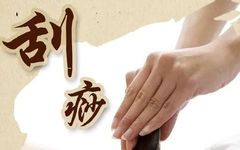Follow me for daily updates!

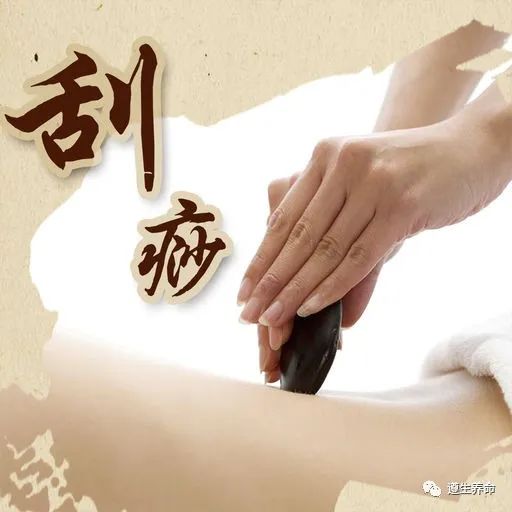 Classification of Gua Sha Methods: The main methods of scraping include Gua Sha (刮痧法), Cuo Sha (撮痧法), Tiao Sha (挑痧法), and Fang Sha (放痧法).
Classification of Gua Sha Methods: The main methods of scraping include Gua Sha (刮痧法), Cuo Sha (撮痧法), Tiao Sha (挑痧法), and Fang Sha (放痧法).
1. Gua Sha (刮痧法)
This is the most commonly used method. The areas for Gua Sha are usually on the back or sides of the neck. Depending on the condition, it can also be applied to the sides of the throat, chest, both sides of the spine, the inner sides of the elbows, or the inner sides of the knees. The patient should be in a comfortable position, with the area to be scraped fully exposed and cleaned with warm water. Common tools include smooth coins, the handle of a copper spoon, porcelain bowls, medicinal spoons, organic glass buttons, or specially designed scraping boards. A scraping medium (such as Gua Sha oil, cooled boiled water, sesame oil, or concentrated herbal extracts) is applied to reduce resistance during scraping, prevent skin abrasions, and enhance efficacy. The scraping is performed repeatedly on specific areas of the body. There are two techniques: direct scraping and indirect scraping.
(1) Direct Scraping (直接刮法): This involves wiping the skin with a hot towel, applying the scraping medium evenly, and then using the scraping tool to directly contact the skin, scraping repeatedly on specific areas until Sha marks appear under the skin.
(2) Indirect Scraping (间接刮法): A thin cloth is placed over the area to be scraped, and the scraping tool is used on the cloth. This method protects the skin and is mainly used for children, those with high fever or central nervous system infections that may cause convulsions, elderly or weak patients, and those with certain skin conditions.
2. Cuo Sha (撮痧法)
This method can be further divided into methods such as Jia Sha (夹痧法), Che Sha (扯痧法), Ji Sha (挤痧法), Pai Sha (拍痧法), and Dian Rou (点揉法).
(1) Jia Sha (夹痧法): Also known as Jiu Sha (揪痧法), this method involves applying the scraping medium to the area to be treated, then using the fingers to pinch and pull the skin, creating a suction effect that causes bruising and the appearance of Sha marks. This method is very practical for self-treatment of conditions like headaches, fever, and fatigue.
Specific method: The patient sits or lies face down, exposing the skin. The practitioner bends the middle and index fingers into a hook shape, dips them in cold water, and pinches the skin, often producing a sound. The name “Jiu Sha” comes from this action.
During the pinching, pressure is applied, and then quickly released. The external force can break the capillaries under the skin, causing blood to seep into the tissue, resulting in local bruising. Generally, 6-10 pinches are performed until blood marks appear on the skin.
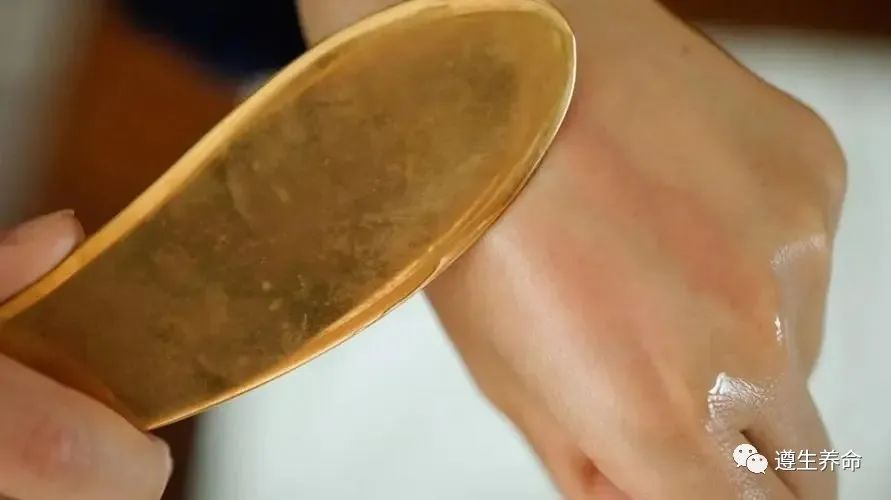
If the condition is severe, more force should be applied until the skin shows erythema. The pulling action can cause local and systemic reactions, leading to redness and slight pain in the treated area, but once the Sha is released and bruising occurs, the patient often feels relaxed. This method is suitable for areas with less skin tension, such as the head, face, abdomen, neck, shoulders, and back.
(2) Che Sha (扯痧法): This involves using the thumb and index finger to pull the skin at specific points or areas, causing purple-red or dark red spots to appear on the skin, which is a method used to treat diseases.
During Che Sha, the patient sits or lies down, exposing the skin. The practitioner uses the thumb and index finger to pinch and pull the skin, applying pressure until bruising occurs.
This method is mainly applied to the head, neck, back, and temples. It is simple to perform and effective.
(3) Ji Sha (挤痧法): This method involves using the thumbs and fingers to press the skin repeatedly until purple-red spots appear.
(4) Pai Sha (拍痧法): This involves using the palm or scraping board to pat the body in areas that feel painful, itchy, or swollen.
(5) Dian Rou (点揉法): This method involves applying pressure with the fingers on specific points or areas while making circular or spiral motions. This technique is not classified as Gua Sha but is a form of massage that is often used in conjunction with Gua Sha to enhance efficacy.
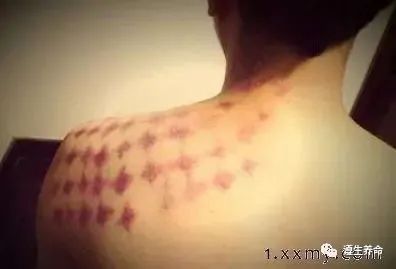
3. Tiao Sha (挑痧法)
This method involves using a needle to prick specific areas of the body to treat diseases. It is mainly used for conditions like dark Sha, residual Sha, stagnant Sha, and oppressive Sha.
Before Tiao Sha, prepare 75% alcohol, disinfecting cotton swabs, and a sterilized three-edged needle or sewing needle. The practitioner disinfects the skin with a cotton swab, pinches the skin at the pricking site, and quickly pricks and pulls outward, extracting dark purple blood.
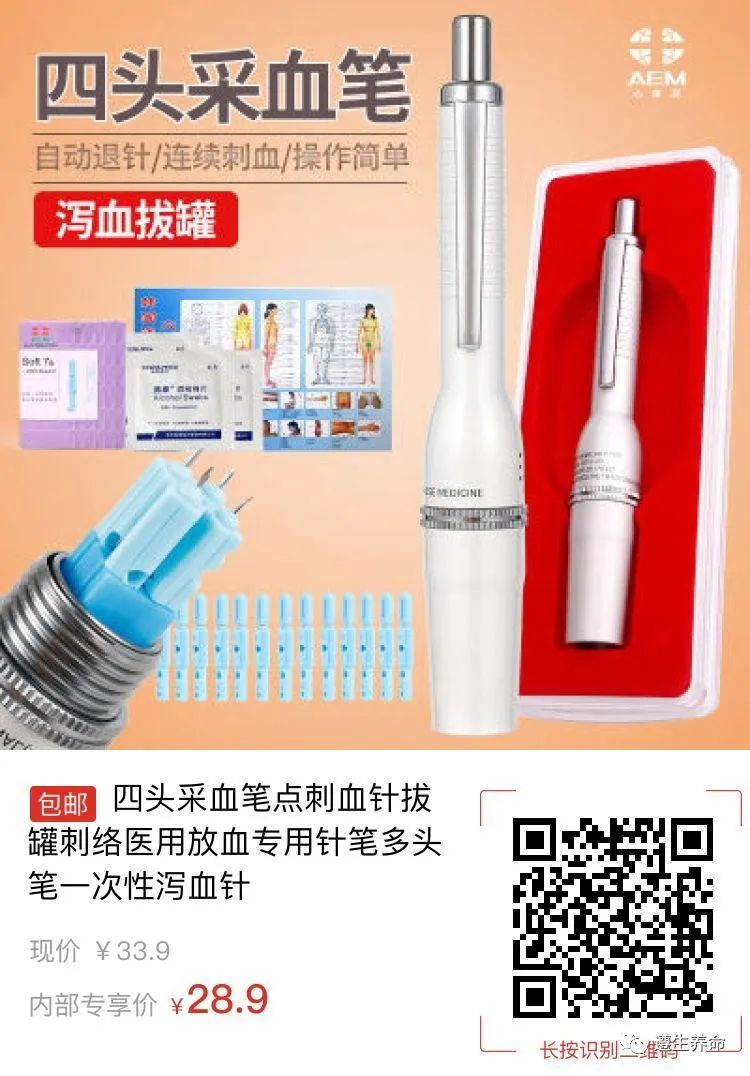
4. Fang Sha (放痧法)
Also known as bloodletting therapy, this method involves pricking veins or acupuncture points to draw blood for therapeutic purposes.
During treatment, the patient should be in a comfortable position, with the treatment area fully exposed. When performing bloodletting on veins, the practitioner ties a cloth or tourniquet around the patient’s arm, asking them to clench their fist. The area is then disinfected with iodine and alcohol before the needle is inserted.
Fang Sha can be divided into bloodletting and point-pricking methods. It is similar to Tiao Sha but is more stimulating and is often used in emergency situations.
(1) Bloodletting Method: Disinfect the area to be pricked, apply pressure with the thumb on the lower end, and use a sterilized three-edged needle or sewing needle to prick the vein quickly, allowing a small amount of blood to flow out.
(2) Point-Pricking Method: Before pricking, apply pressure to the area to gather blood, then disinfect and quickly prick the skin to allow a small amount of blood to flow out.
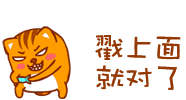
End of Article

